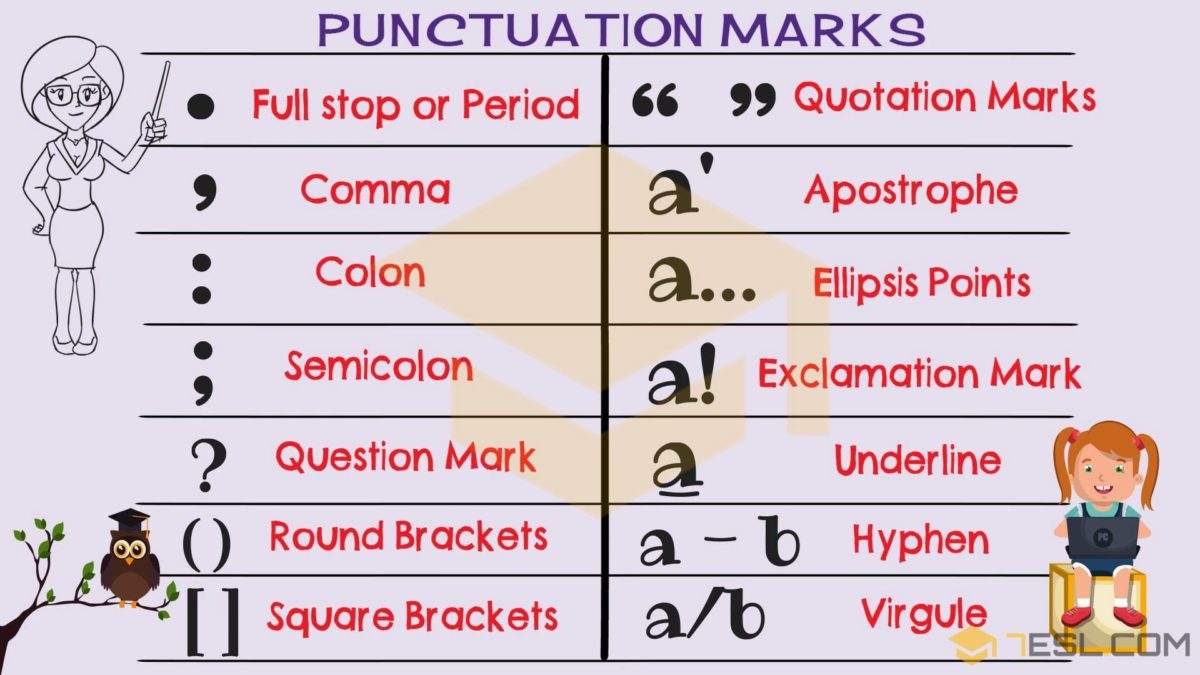Punctuation marks play a crucial role in written language, as they help to clarify meaning, indicate pauses, and organize thoughts. Without proper punctuation, sentences can become confusing and difficult to understand. Understanding the different types of punctuation marks and their names is essential for effective communication.
Whether you are writing an essay, a business email, or a social media post, using punctuation marks correctly can make a significant difference in how your message is received. Let’s explore some of the common punctuation marks and their names.
Punctuation Marks with Names
1. Period (.) – The period is used to indicate the end of a sentence. It also separates decimal numbers and abbreviations.
2. Comma (,) – The comma is used to separate items in a list, connect independent clauses, and indicate pauses in a sentence.
3. Question Mark (?) – The question mark is used at the end of a sentence to indicate a question. It is essential for forming interrogative sentences.
4. Exclamation Mark (!) – The exclamation mark is used to express strong emotions, excitement, or emphasis in a sentence.
5. Colon (:) – The colon is used to introduce a list, explanation, or quotation in a sentence. It can also be used to emphasize information.
Understanding the names and functions of these punctuation marks can help you improve your writing skills and convey your message effectively. Using punctuation correctly shows that you care about the clarity and professionalism of your writing.
In conclusion, punctuation marks are essential tools for clear and effective communication in written language. By learning the names and functions of different punctuation marks, you can enhance your writing skills and make your messages more impactful. Remember to use punctuation marks thoughtfully and accurately to ensure that your writing is clear, concise, and easy to understand.
